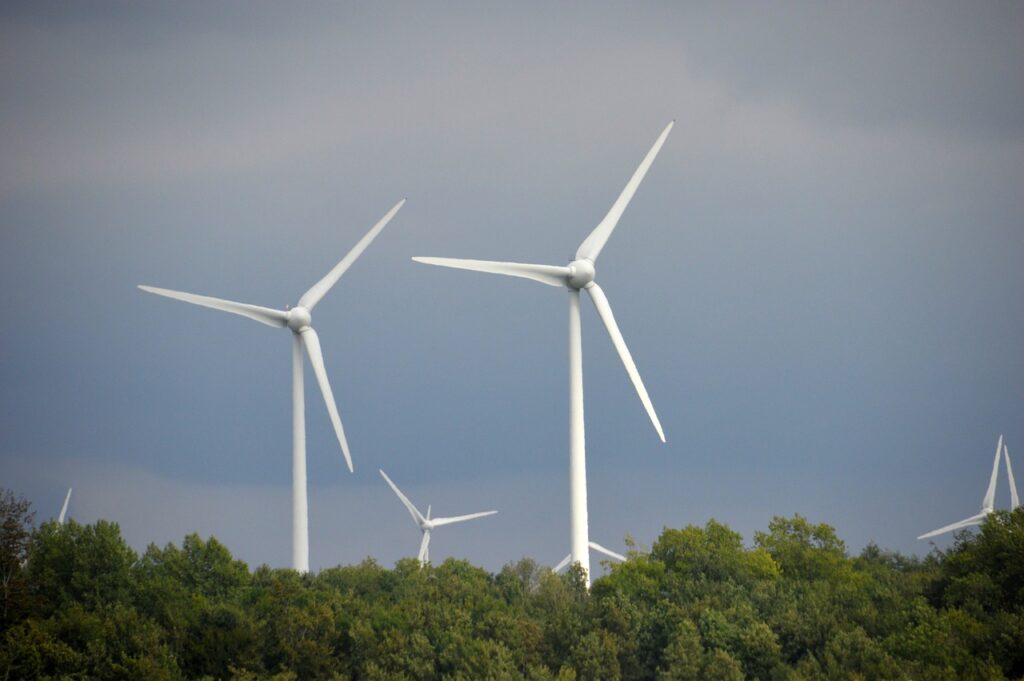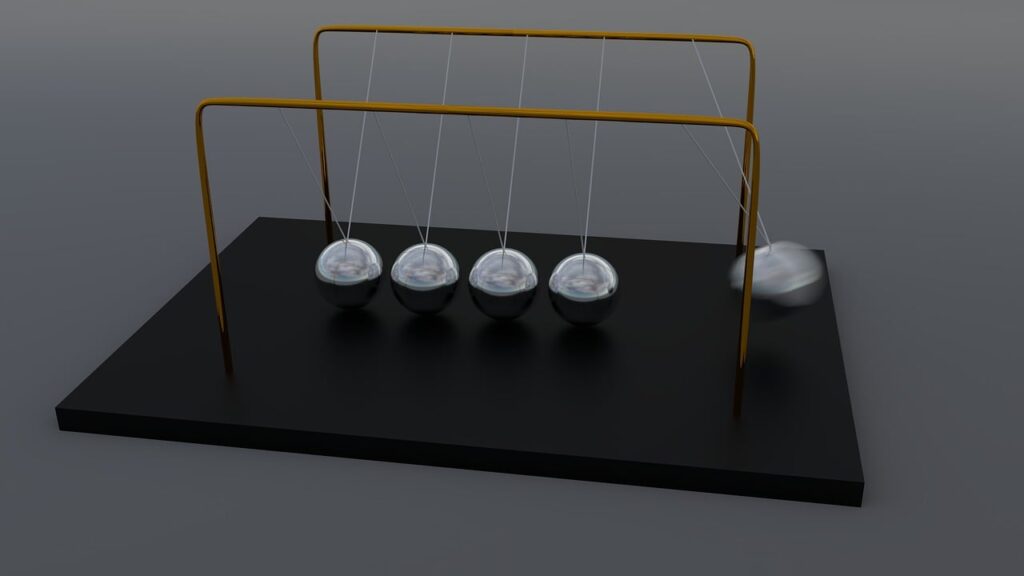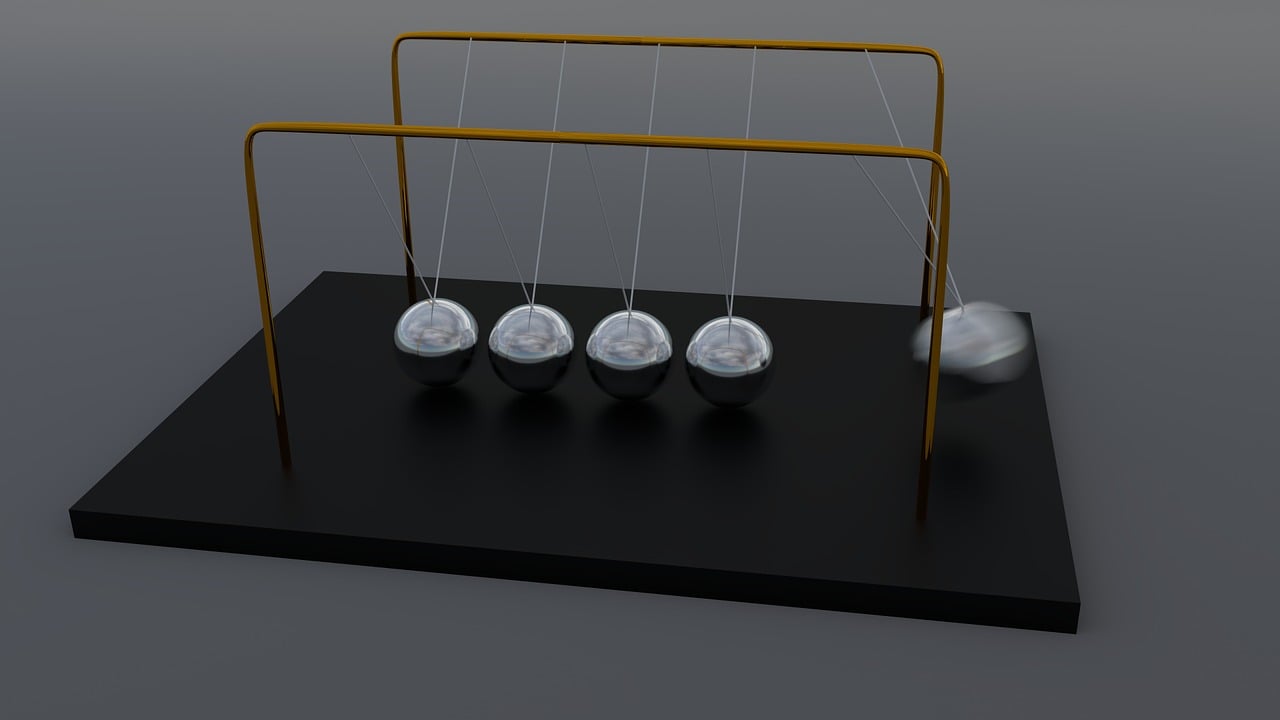Introduction
Have you ever been intrigued by the mesmerizing movement of kinetic sculptures? Do you want to learn how to create your own kinetic masterpiece? In this article, you will dive into the fascinating world of kinetic sculpture and learn the essential techniques to master this unique art form.
What is Kinetic Sculpture?
Kinetic sculpture is a form of art that integrates movement and motion into the artwork. Unlike traditional sculptures that are static, kinetic sculptures are designed to move in response to external forces such as wind, water, or motorized mechanisms. This dynamic quality adds a new dimension to the artwork, captivating viewers with its ever-changing form and motion.
Why Kinetic Sculpture?
The allure of kinetic sculpture lies in its ability to engage the viewer through movement. By incorporating motion into the artwork, kinetic sculptures create an immersive experience that is both visually stimulating and intellectually intriguing. Whether you are a seasoned artist or a beginner looking to explore new artistic horizons, mastering the craft of kinetic sculpture can open up a world of creative possibilities.
History of Kinetic Sculpture
Kinetic sculpture has a rich history that dates back to the early 20th century. Artists such as Alexander Calder and Jean Tinguely were pioneers in the field of kinetic art, creating sculptures that moved and interacted with their environment. Their groundbreaking work laid the foundation for the modern kinetic sculpture movement, inspiring generations of artists to push the boundaries of traditional art forms.
Origins of Kinetic Sculpture
The origins of kinetic sculpture can be traced back to the Dada and Surrealist movements of the early 20th century. Artists such as Marcel Duchamp and Man Ray experimented with motion and sound in their artworks, paving the way for future generations of kinetic sculptors. The concept of movement as an integral part of art became increasingly popular, leading to the development of kinetic sculpture as a distinct art form.
Key Figures in Kinetic Sculpture
Throughout history, several key figures have made significant contributions to the field of kinetic sculpture. Alexander Calder, known for his mobiles and stabiles, is often credited as the father of kinetic art. His innovative use of balance and movement revolutionized the art world, inspiring a new generation of artists to explore the possibilities of kinetic sculpture. Jean Tinguely, another prominent figure in kinetic art, created mechanical sculptures that moved and made noise, challenging the traditional notion of static art.

Essential Techniques of Kinetic Sculpture
Creating a kinetic sculpture requires a combination of artistic vision, mechanical know-how, and inventive design. Whether you are working with wind-powered sculptures or motorized installations, mastering the following techniques will help you bring your kinetic creations to life.
Balance and Counterbalance
One of the most critical aspects of kinetic sculpture is achieving balance and counterbalance within the artwork. By carefully positioning the elements of the sculpture and adjusting their weights, you can create a piece that moves gracefully and harmoniously. Balancing the various components of the sculpture is essential to ensure that it moves smoothly and retains its structural integrity.
Movement and Motion
At the heart of kinetic sculpture is the concept of movement and motion. Whether your sculpture is propelled by wind, water, or mechanical means, understanding how to harness and control movement is essential. Experimenting with different motion patterns and speeds can help you create dynamic and captivating kinetic sculptures that engage viewers on a sensory level.
Materials and Construction
Choosing the right materials for your kinetic sculpture is crucial to its longevity and aesthetic appeal. From lightweight metals like aluminum and stainless steel to natural materials such as wood and stone, the possibilities are endless. Consider the environmental conditions in which your sculpture will be displayed and select materials that are durable and weather-resistant. Additionally, mastering construction techniques such as welding, brazing, and soldering will allow you to bring your artistic vision to life with precision and skill.
Collaboration and Experimentation
Collaborating with other artists and experts in related fields can enrich your understanding of kinetic sculpture and open up new possibilities for creative exploration. By sharing ideas, insights, and techniques, you can learn from others and expand your artistic horizons. Experimenting with different materials, techniques, and concepts is essential to growth as an artist. Don’t be afraid to push the boundaries of traditional art forms and explore new ways of expressing yourself through kinetic sculpture.
The Art of Kinetic Sculpture
Kinetic sculpture is a dynamic and evolving art form that continues to inspire and captivate audiences around the world. By mastering the craft of kinetic sculpture, you can create awe-inspiring artworks that push the boundaries of traditional art and challenge viewers to see the world in a new light. Whether you are an aspiring artist or an experienced sculptor, embarking on a journey into the world of kinetic sculpture can lead to endless possibilities for creative expression and artistic exploration.
Connecting with Your Audience
One of the most rewarding aspects of creating kinetic sculpture is the opportunity to connect with your audience on a deeper level. The movement and motion of kinetic sculptures evoke a sense of wonder and curiosity in viewers, inviting them to interact with the artwork in a more meaningful way. By engaging the senses and stimulating the imagination, kinetic sculptures can create transcendent experiences that resonate with people of all ages and backgrounds.
Pushing the Boundaries of Art
Kinetic sculpture challenges the traditional notions of static art by infusing movement and motion into the artwork. This dynamic quality pushes the boundaries of what is possible in the realm of art, inviting viewers to reexamine their perceptions of space, time, and form. By experimenting with new techniques and concepts, you can create kinetic sculptures that defy expectations and inspire awe in those who experience them.

Conclusion
Embark on a journey into the world of kinetic sculpture and discover the endless possibilities for creative expression and artistic exploration. By mastering the essential techniques of balance, movement, materials, and collaboration, you can create kinetic sculptures that captivate and inspire audiences around the world. Whether you are a seasoned artist or a beginner looking to expand your artistic horizons, the craft of kinetic sculpture offers a unique and immersive artistic experience that is sure to leave a lasting impression.

